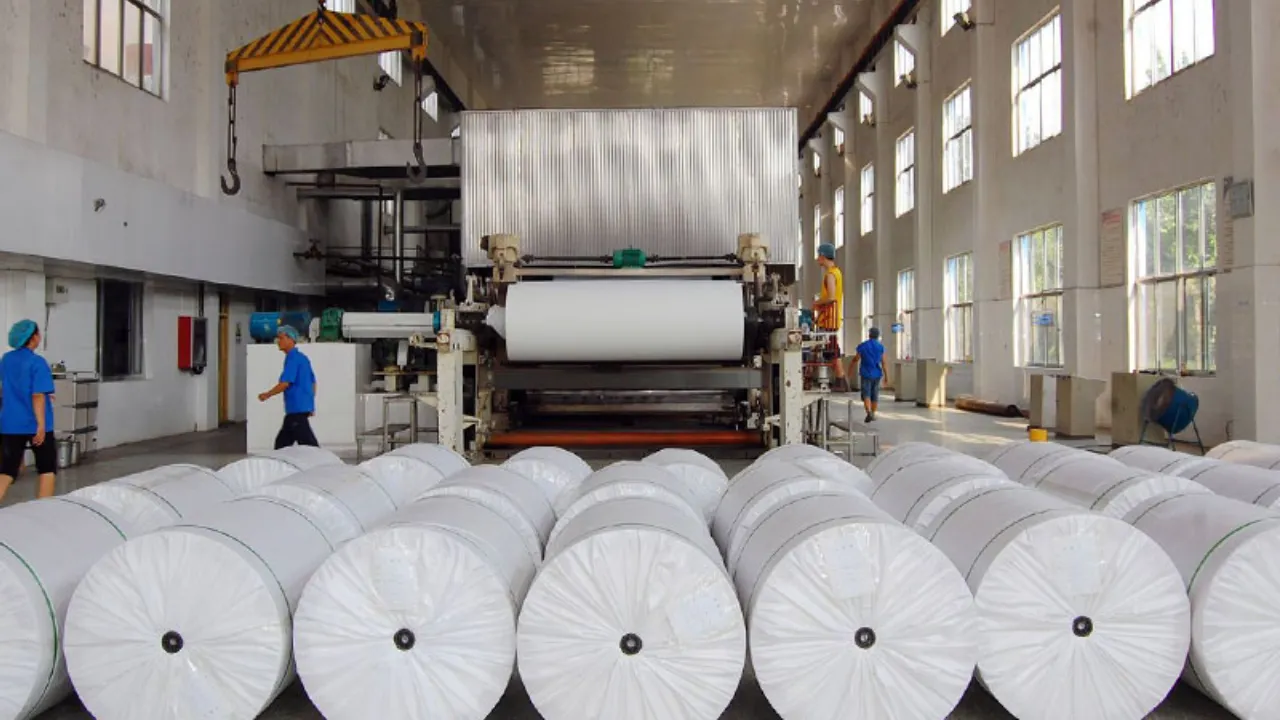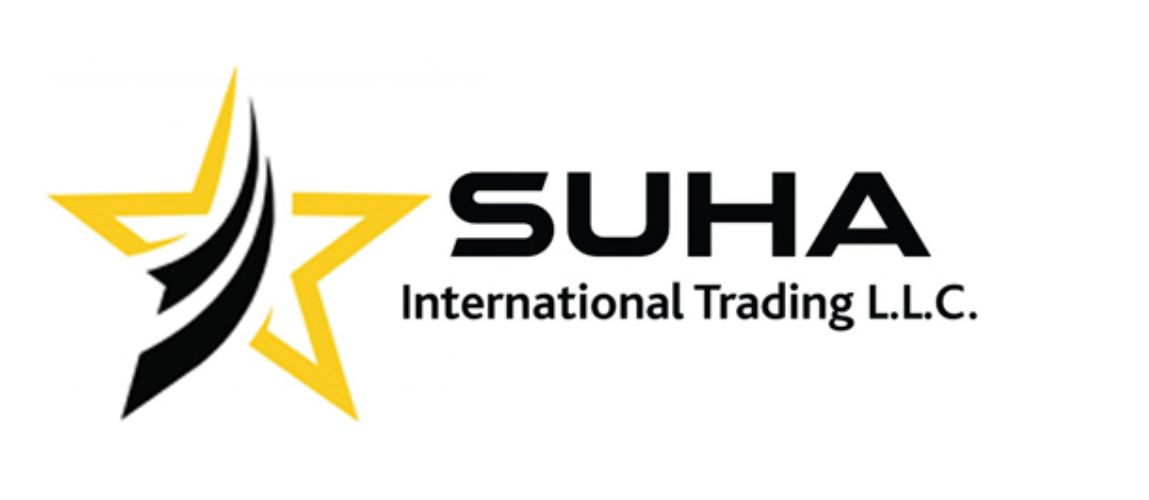Soda Ash in Paper Manufacturing: A 2025 Guide to Applications, Dosing & Cost Savings

Soda Ash in Paper Industry: A 2025 Guide to Applications, Dosing & Cost Savings
Soda ash (sodium carbonate, Na₂CO₃) remains a cornerstone alkali in the paper industry, supporting efficient, high-quality production while advancing sustainability goals. Essential for processes ranging from kraft pulping to peroxide bleaching and wastewater management, this versatile compound optimizes fiber integrity, enhances process control, and ensures compliance with evolving environmental regulations. Recent industry data indicates that approximately 65% of global paper mills rely on soda ash for primary pH buffering, reflecting a steady rise driven by demand for chlorine-free operations and resource efficiency (Pulp & Paper International, 2024).
This guide provides paper mill professionals—operators, managers, and procurement specialists—with evidence-based strategies to leverage soda ash for cost reduction, superior paper quality, and adherence to standards like EPA effluent limits and EU REACH directives.
Understanding Soda Ash in Paper Industry Fundamentals
Soda ash, a white, anhydrous, and highly soluble alkaline salt, is derived primarily from natural trona ore deposits (such as those in Wyoming, USA) or produced synthetically via the Solvay process. Its mild alkalinity (pH ~11.2 in solution) makes it ideal for sodium carbonate applications in papermaking, where it buffers systems without excessive fiber degradation—unlike stronger alkalis.
Two primary industrial grades are used in pulp and paper production:
| Grade | Particle Size | Bulk Density (g/cm³) | Optimal Use Cases |
|---|---|---|---|
| Dense Soda Ash | 300–1,000 µm | 0.95–1.1 | Automated dosing in pulping and continuous pH control |
| Light Soda Ash | 100–200 µm | 0.5–0.6 | Rapid dissolution in bleaching and wet-end chemistry |
Key Applications of Soda Ash in Paper Industry Processes
Soda Ash in Paper Industry Pulping: Enhancing Lignin Extraction in Kraft and Sulfite Systems
In kraft and sulfite pulping, soda ash regulates cooking liquor to a pH of 9.5–10.5, facilitating targeted lignin removal while preserving cellulose and hemicellulose fibers. This alkaline buffering in pulp processing supports higher yields and consistent quality.
Evidence from recent studies (TAPPI Journal, 2024):
- Up to 10% improved pulp yield versus caustic soda-only systems
- 10–15% reduced variability in kappa numbers for uniform delignification
- 5–7% increase in tensile index, yielding stronger, more durable paper
Peroxide Bleaching Optimization with Soda Ash in Paper Industry
For both virgin and recycled pulp lines, soda ash maintains a stable pH of 10.5–11.0, activating hydrogen peroxide (H₂O₂) for effective brightening and minimizing yellowing. As a key bleaching stabilizer, it integrates seamlessly into total chlorine-free (TCF) sequences.
Key outcomes:
- ISO brightness levels of 80–90%, depending on pulp type
- 20–25% reduction in peroxide consumption compared to silicate-based alternatives
- Negligible AOX (adsorbable organic halides) in effluents, aligning with stringent discharge norms
Wet-End Chemistry: pH Control and Sheet Formation Using Soda Ash
Maintaining white water pH at 7.5–8.0 is vital for retention aids, drainage enhancement, and uniform sheet formation. Soda ash’s role in wet-end additives ensures compatibility with sizing agents like AKD and ASA.
Benefits of precise dosing:
- pH stability within ±0.2 units correlates with 1–3% fewer sheet breaks
- 10–15% improved sizing efficiency, boosting Cobb60 water resistance
Alkaline Sizing, Coating, and Filler Stabilization
Soda ash activates rosin-based sizing and stabilizes precipitated calcium carbonate (PCC) fillers, promoting a smooth, print-ready surface. This application reduces dusting in high-speed offset and digital printing, enhancing end-product performance.
Wastewater Treatment: Neutralization and COD Mitigation in Paper Mills
Soda ash neutralizes acidic post-bleaching effluents (pH 4.5–6.0), precipitating organics to lower chemical oxygen demand (COD). Sustainable paper chemicals strategies enable closed-loop systems.
Data from 2025 analyses (Environmental Science & Technology):
- Average 25–40% COD reduction
- Total suspended solids (TSS) below 50 mg/L, compliant with EU BAT references
- Up to 75–85% water recycling in zero-liquid-discharge (ZLD) configurations
Comparative Analysis: Soda Ash Versus Other Alkalis in Paper Industry
Soda ash offers a balanced profile for pH adjustment in paper production, excelling in fiber safety and solubility. Below is a 2025 cost-benefit overview (Q3 pricing, global averages):
| Chemical | pH Strength | Fiber Safety | Solubility | Cost (USD/MT) | Sustainability Highlights |
|---|---|---|---|---|---|
| Soda Ash | Mild (11.2) | Excellent | High | 200–350 | Low CO₂ emissions from trona sources |
| Caustic Soda | Strong (13+) | Moderate (swelling risk) | High | 350–450 | Energy-intensive production |
| Lime (Ca(OH)₂) | Weak (12.4) | Fair (residual issues) | Low | 120–160 | Generates significant sludge |
| Mg(OH)₂ | Very Mild | Good | Moderate | 450–550 | Slower reactivity in dynamic flows |
Conclusion: For modern mills prioritizing pulp quality and environmental stewardship, soda ash provides unmatched versatility in kraft pulping chemicals and beyond.
Best Practices for Dosing and Quality Control with Soda Ash
Advanced mills employ inline pH sensors and programmable logic controllers (PLC) for automated dosing, targeting ±0.1–0.2 pH precision. Monitor these parameters:
| Parameter | Target Range | Monitoring Frequency |
|---|---|---|
| Pulping Liquor pH | 9.8–10.3 | Continuous |
| Bleach Stage pH | 10.5–11.0 | Per Batch |
| White Water pH | 7.5–8.0 | Hourly |
Refined Dosing Calculation (for liquor adjustment per ton of dry pulp): First, determine the alkalinity deficit via titration (as CaCO₃ equivalents, mg/L). Then: Soda Ash (kg/ton) ≈ [(Target Alkalinity – Current Alkalinity) × Liquor Volume (m³/ton) × 0.00106] / Purity Factor (%) (The constant 0.00106 accounts for Na₂CO₃’s molecular weight; adjust for temperature and pulp load.) Example: For a 200 mg/L gap in 10 m³ liquor (99% purity), ~2.14 kg soda ash is required.
Typical usage rates:
- Kraft pulping: 20–45 kg/ton
- Peroxide bleaching: 8–18 kg/ton
- Recycled fiber: 12–35 kg/ton
Elevating Efficiency with Premium Soda Ash Solutions
To integrate soda ash effectively into your operations—achieving reliable pH control, enhanced brightness, and streamlined wastewater treatment—consider partnering with specialized suppliers. For tailored assessments, product samples, and technical support on dense or light grades, reach out to industry experts.
📞 +971 50 720 9246 📧 info@causticsodaco.com 🌐 www.causticsodaco.com

